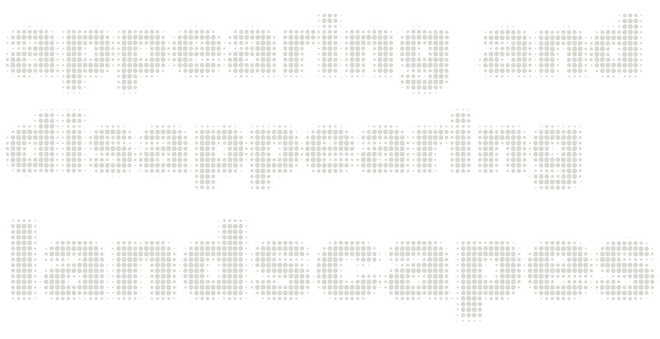
One can see clearly that the species that have connection to the agricultural areas are those most threatened. It seems as if the birds that relate to two or more habitats are less affected than those that relate to a natural kind. One can see that almost half of the species living in connection with a maritime environment, sea, wetlands, etc..
Based on this analysis, I will say that the areas with the most threatened species are farm areas, the coast and then comes the forests and wetlands, followed by mountains. I believe that the change in the operation of farm areas that have the greatest impact on birds. An intensification of agriculture and drainage of wetlands is the biggest threat. This has an impact on breeding and food situation for the birds. What can you do to maintain a balance? Can the birds adapt to new areas? "Some species associated with cultural returns due to changing farming and intensive farming. Suggested at the wrong time is an example. Decreased or ceased grazing by livestock and overgrowth are other examples. Modern forestry with the removal of old and dead trees are negative for a number of forest living birds, like woodpeckers example ......" Norwegian Red List.
Birds can adapt to new areas, but the story in the agricultural landscape shows that nesting success is decreasing and the species will be fewer, the number of birds will be less. Some species will be able to adapt so well that they manage to maintain a population.


Wow! This is so informative, great job Maya!
ReplyDeleteYou have systematized you information in a very clear way that is very interesting by itself, but also useful for other students like myself.
"An intensification of agriculture and drainage of wetlands is the biggest threat."
This is definitely a fact in Kviamarka.
Dear Maya
ReplyDeleteWhat a stunning library of information on bird habitats. This may be a classical reference for a new type of disussion on the ecological standards of the Jæren Landscape. And its beautifully made. Combined with a similar informative diagram of the world flights, it will reveal a very interesting version of the global importance of the local Jæren biotopes and habitats.
I am now really looking forward to your next move - a concept of introducing a change in certain areas, strengthening the nesting sucsess?